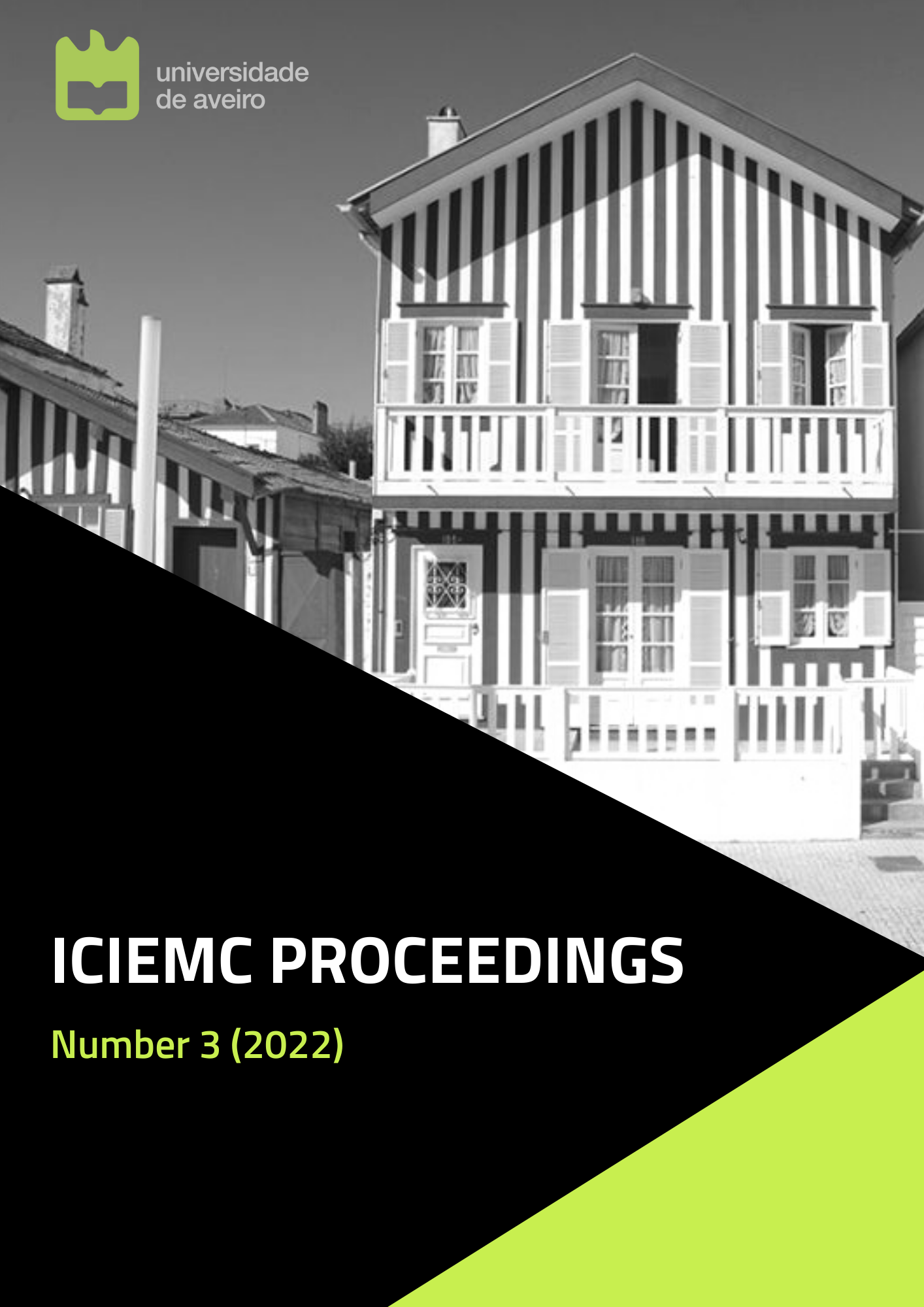Innovating regarding culture, leadership, and consumption in Peru
an autoethnographic journey on historical entrepreneurship
Resumo
We recently went on a trip to Peru. Lima, the capital, and Cusco, the former capital of the Inca empire. We loved Peru and the Peruvian people albeit have mixed feelings about the country and those who live there. Do they really see the [Entrepreneurial] Spanish Conquistador Francisco Pizarro as their saviour and founder of the capital of Lima? Of course, not their saviour… but undeniably an entrepreneur who took considerable risks and followed a specific strategy to reach a specific objective: to take over an empire with all of its wealth. However, the tour guides we had (total of whom = 7) were very polite and politically correct about this historic character. “He is part of our history and I see him as a part of our past” one tour guide said. Yet another said he did what he did because he had to… So, forgiveness, again. To understand is to forgive, I once read. The extent of the power of the Catholic Church is immense... a legacy of the Spanish. What did Francisco Pizarro do? He conquered an empire with around 200 men. How did he do that? By gathering support from different sectors who were discontent with their leadership and empire. I am referring to the Inca empire, which was spread across an immense territory, was rich and had solved the problem of food (or the lack of it). There was food for everyone under their rule. A rule which had learned from numerous other cultures. Why were the Incas hated? Perhaps as they were very elitist and violent, when they needed to be, our tour guide in Cusco shared with us. They had a lot of deeply held enemies. Who united with the Spanish “conquistadors”. And yes, the rest is history. Albeit as one digs a little deeper, we see that perhaps the resentment is still there. One tour guide stated that on the commemoration of the 500 years of the colonization that, due to popular protests, the commemoration was seen as inappropriate, should not go ahead and that the monument of Francisco Pizarro should be taken down. It was. The wound still hurts as if it was opened yesterday. In some cases. This is our story, from the Inca trail right up to Machu Picchu and beyond. An autoethnographic account.




